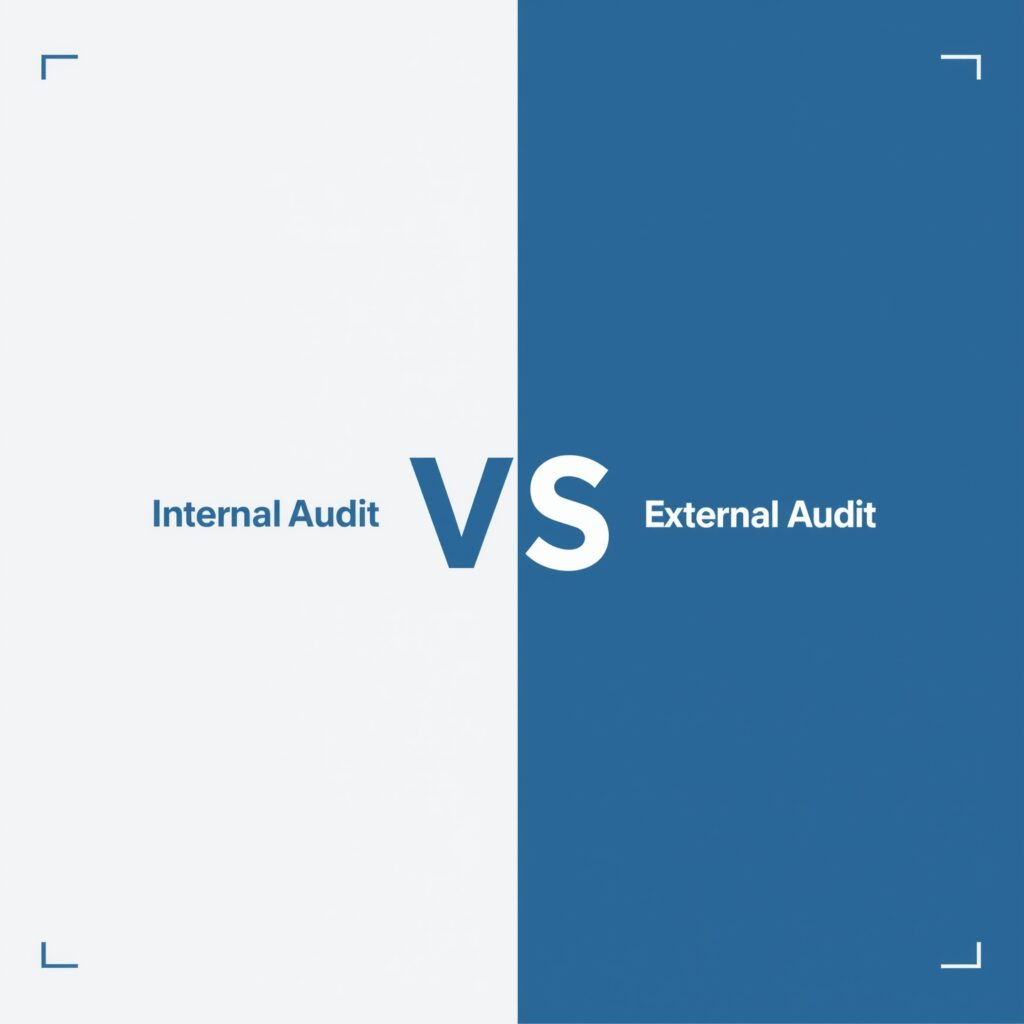How Denial Rates in RCM Audits Impact Your Bottom Line in 2025
Denial Rates in RCM Audit aren’t just numbers on a spreadsheet. They represent lost revenue, wasted resources, and missed opportunities for healthcare organizations across the country. For revenue cycle management (RCM) professionals, the connection between audit quality and denial rates has never been more critical. Healthcare providers face mounting pressure to maximize reimbursements while navigating complex payer requirements. High-quality RCM audits serve as the first line of defense against claim denials, yet many organizations still struggle with inadequate audit processes that leave money on the table. This guide explores the direct link between RCM audit quality and Denial Rates in RCM Audits, offering actionable strategies to strengthen your revenue cycle in 2025. Understanding Denial Rates in RCM Audits in Healthcare Billing Denial Rates in RCM Audits measure the percentage of claims rejected by insurance companies or payers. When a claim is denied, healthcare organizations must invest additional time and resources to appeal the decision or resubmit corrected claims. This creates a ripple effect that impacts cash flow, increases administrative costs, and strains staff resources. Several factors contribute to high denial rates: Coding errors remain one of the most common culprits. Incorrect CPT codes, mismatched diagnosis codes, or outdated ICD-10 codes can trigger automatic denials from payers. Documentation issues also plague healthcare organizations. Missing patient information, incomplete medical records, or insufficient evidence of medical necessity often result in claim rejections. Eligibility verification failures catch many providers off guard. Claims submitted for patients without active coverage or those requiring prior authorization inevitably face denial. Timely filing limits pose another challenge. Insurance companies enforce strict deadlines for claim submission, and missing these windows leads to automatic denials regardless of claim validity. According to industry benchmarks, the average denial rate across healthcare settings ranges from 5% to 10%. However, leading organizations maintain denial rates below 5% through robust RCM processes and high-quality audits. The financial impact is staggering. Research from Sagility Health indicates that denied claims cost healthcare organizations an estimated $262 billion annually in administrative expenses and revenue loss. For a mid-size hospital processing 100,000 claims per year with an 8% denial rate, that translates to 8,000 denied claims requiring rework—a significant drain on resources. The Role of RCM Audits in Revenue Protection Revenue Cycle Management audits systematically review billing and coding processes to identify errors before claims reach payers. These audits examine every stage of the revenue cycle, from patient registration through final payment posting. A comprehensive RCM audit covers several critical areas: Coding accuracy verification ensures that diagnosis and procedure codes align with documentation and payer guidelines. Auditors review medical records to confirm that codes accurately represent services provided. Billing compliance checks verify adherence to Medicare, Medicaid, and commercial payer requirements. This includes reviewing modifier usage, bundling rules, and medical necessity documentation. Charge capture analysis identifies missed charges or incorrect pricing that could lead to underpayment or denials. Claims scrubbing processes catch common errors before submission, including missing patient information, invalid provider numbers, or incomplete authorization data. High-quality audits act as a quality control mechanism, catching issues in real time rather than after payers reject claims. According to specialists at MediBill RCM, proactive auditing can reduce denial rates by 15-20% within the first year of implementation. Denial Rates in RCM Audits The scope and frequency of RCM audits vary based on organizational needs. Some healthcare organizations conduct monthly audits of a sample of claims, while others implement continuous monitoring systems that review 100% of claims before submission. Denial Rates in RCM Audits How Poor Audit Quality Drives Up Denial Rates Denial Rates in RCM Audits lack rigor or consistency, the consequences show up quickly in denial trends. Organizations with subpar audit processes typically experience higher denial rates and longer days in accounts receivable. Several audit deficiencies contribute to increased Denial Rates in RCM Audit: Insufficient sample sizes mean that auditors miss patterns of errors. Reviewing only 5-10 claims per month won’t capture systemic issues affecting hundreds of submissions. Lack of specialty-specific expertise leaves complex coding scenarios unchecked. A general auditor may miss nuances in surgical coding, behavioral health documentation requirements, or pain management billing rules. Inadequate staff training creates a cycle where coders and billers repeat the same mistakes. Without feedback from thorough audits, staff members don’t learn proper procedures. Outdated audit protocols fail to keep pace with changing payer requirements. Medicare Advantage plans, for example, frequently update their documentation and authorization requirements. Limited technology integration prevents auditors from identifying trends across large claim volumes. Manual audit processes can’t compete with automated systems that flag potential issues before submission. Consider a community clinic that conducts quarterly audits reviewing only 20 random claims. This approach might catch obvious errors but misses systematic problems. For instance, if the clinic’s coders consistently fail to append modifiers for multiple procedures, hundreds of claims could be denied before the next audit cycle identifies the issue. Denial Rates in RCM Audits The root causes of denials often trace back to gaps in audit quality. According to DesignRush’s healthcare technology analysis, organizations that invest in comprehensive audit systems see measurable improvements in clean claim rates and faster reimbursement cycles. Denial Rates in RCM Audits Key Metrics for Evaluating RCM Audit Quality Measuring audit effectiveness requires tracking specific performance indicators that reveal how well your audit processes protect revenue. Denial Rates in RCM Audits Accuracy rate measures the percentage of claims that pass initial payer edits without rejection. Top-performing organizations achieve accuracy rates above 95%, meaning fewer than 5% of submitted claims contain errors. Error detection rate shows how many potential denials your audit process catches before submission. A high-quality audit should identify 90% or more of coding and billing errors during the review phase. First-pass resolution rate indicates the percentage of initially denied claims that are successfully appealed or corrected on the first attempt. This metric reflects both audit quality and staff expertise in addressing denial root causes. Days in accounts receivable (A/R) measures how long it takes to collect payment after services are rendered. Organizations with







